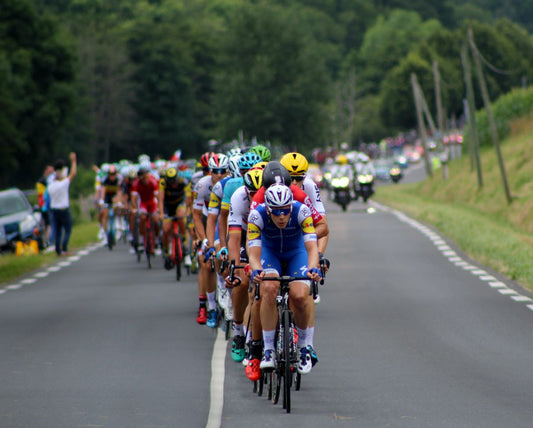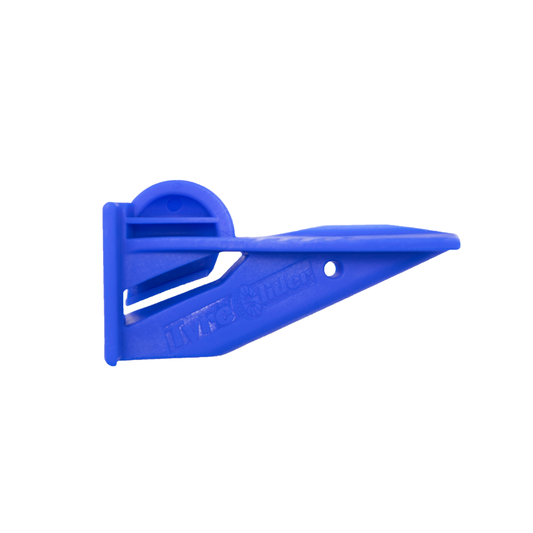Ker-mess
Noun
A type of bike race, usually over a short course
Example usage: 'I'm racing in a kermesse this weekend!'
Most used in: Belgium, the Netherlands, and France.
Most used by: Road cyclists and cyclocross racers.
Popularity: 8/10
Comedy Value: 4/10
Also see: Criterium, Circuit Race, Road Race, Kermesse Race,
What is a Kermesse in Cycling?
Kermesse is a type of bicycle race popular in Belgium and the Netherlands. It is also known as a Criterium or Crit. It is a type of road race in which the riders complete a certain number of laps on a closed course, with the race ending when the leading rider has completed the final lap. The course is usually short, up to 5 km, and the riders race for a certain amount of time, often from 45 minutes to an hour.
Kermesse races are popular because they are fast-paced, spectator-friendly, and often held in city centers. The courses are closed off to traffic, allowing riders to race without interference from cars and other vehicles. Riders must battle for position, as the course is usually too short for riders to break away from the pack. This makes Kermesse races exciting for spectators and challenging for riders.
Kermesse races are also popular amongst amateur cyclists, as they are often organized by local clubs or cycling associations. The participants are often recreational cyclists, who may not have the same level of experience or training as professional riders. This makes Kermesse races an ideal event for amateur cyclists to practice their skills and gain experience in competitive racing.
In Belgium, Kermesse races are held throughout the year and are often associated with local festivals. In 2019, there were over 1000 Kermesse races held in Belgium, with an estimated 5 million spectators attending. This makes them one of the most popular cycling events in the country.
The Origins of the Word 'Kermesse' in Cycling
The term 'kermesse' is used in cycling to describe a type of race that is popular in Belgium and the Netherlands. It is thought to have originated in the late 16th century in Flanders, a region of Belgium, which was then under Spanish rule. The term is derived from the Dutch word “kermisse”, which itself was derived from the Latin “quadragesima” meaning “fortieth”. The name was given to the race as it was traditionally held on the 40th day after Easter.
Kermesse races were popular in the early 19th century, but fell out of favour in the second half of the century. They were revived in the early 20th century and have been a popular form of cycling in Belgium and the Netherlands ever since. They are typically held on a short circuit and feature a large number of riders. They are often competitive and exciting races, with a carnival-like atmosphere.
Kermesse races are now a popular part of the international cycling calendar and have been featured in many of the world’s biggest cycling events, including the Tour de France and the Giro d’Italia. They are a great way for cycling fans to experience the excitement and spectacle of a traditional kermesse race in a modern context.












